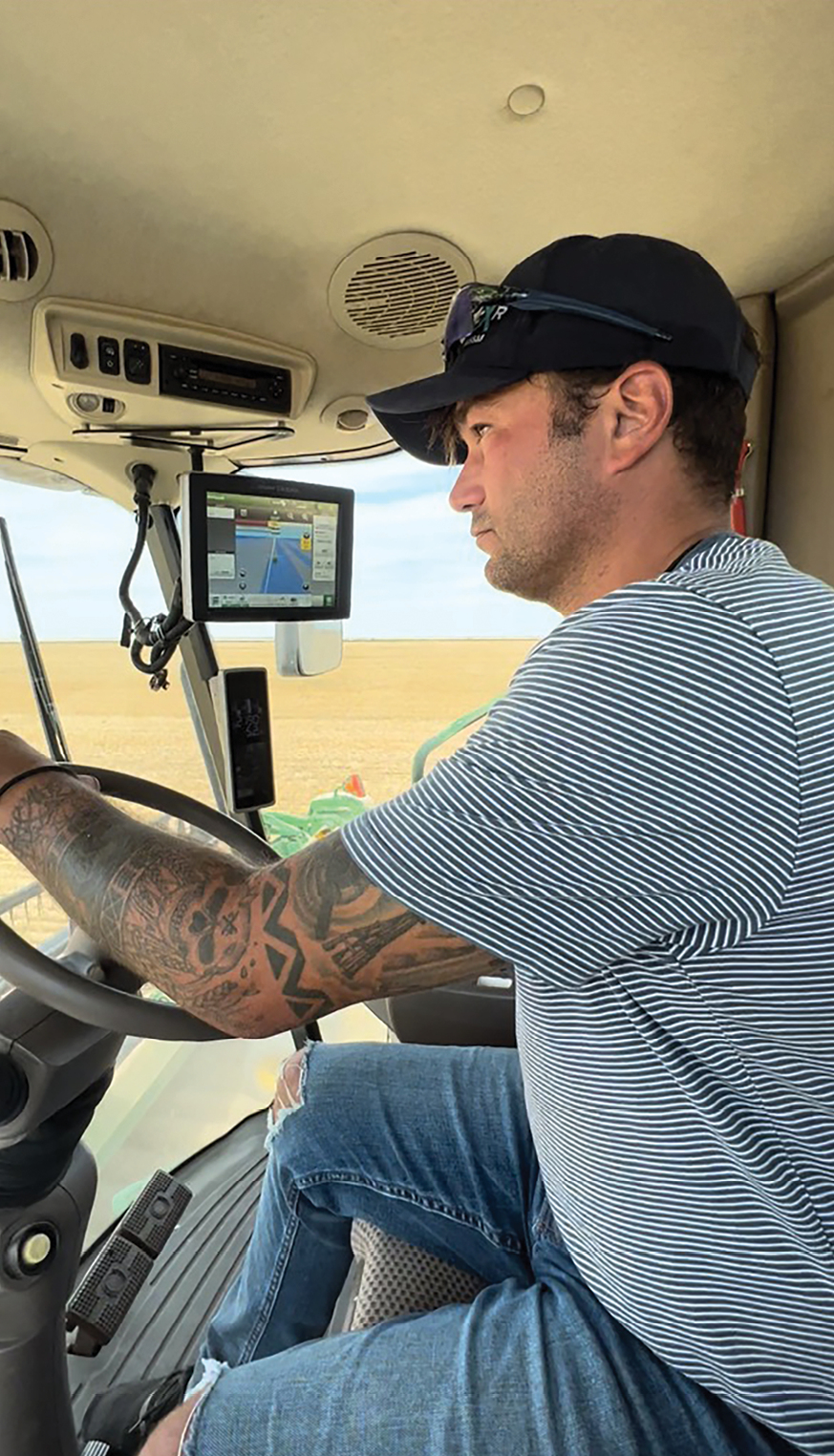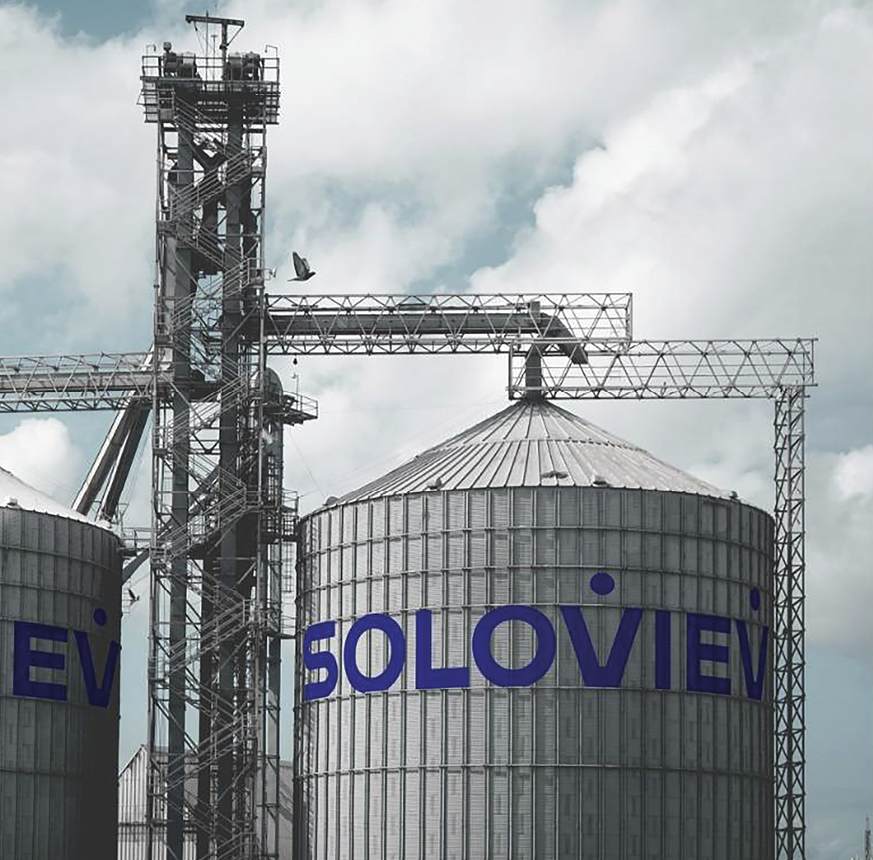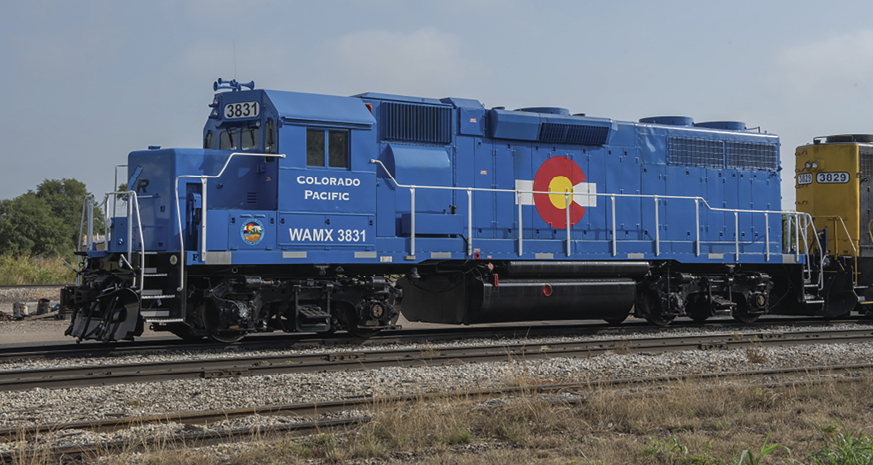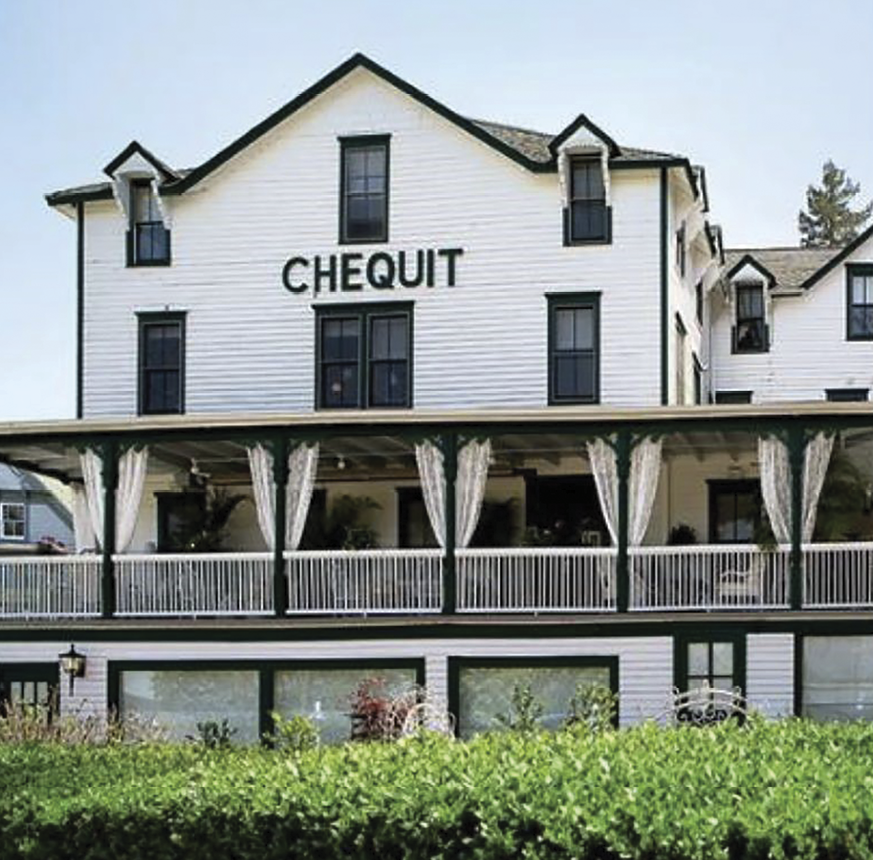- Home
- Media Kit
- MediaJet
- Current Issue
- Past Issues
- Ad Specs-Submission
- Ad Print Settings
- Reprints (PDF)
- Photo Specifications (PDF)
- Contact Us
![]()
ONLINE
![]()
ONLINE

Cultivating a Better Future
Editors’ Note
Stefan Soloviev is chairman of the Soloviev Group (solovievgroup.com), a privately held, multi-billion-dollar company involved in real estate, agribusiness, logistics, and renewable energy. Soloviev Group not only develops and manages major New York real estate holdings, but also owns Crossroads, a leading agricultural company that is the 26th largest landholder in the United States with 500,000 acres, growing corn, wheat, milo, alfalfa, canola, and cattle while using its farm holdings for major sustainable wind and solar energy projects. The firm has approximately 500 employees.

9 West 57th Street, an iconic Manhattan tower
owned by Soloviev Group
How did the Soloviev Group evolve?
The Soloviev Group was created when my father passed away and I merged my father’s company, which I inherited, with my own companies. My father, Sheldon Solow, was a very successful real estate developer in New York, including the iconic 9 West 57th Street. We currently have some 2.1 million square feet of leasable commercial space. I began working for my father’s real estate company when I was in high school, working from 2:30 PM to 7:30 PM. I initially parked cars in his buildings, then after two years at college, came back to New York City and fully managed and promoted the garages, finally stepping into the role of running the entire residential side of the business which I’ve now done for over 20 years.
Early on, however, the relationship with my father deteriorated to a point that we had a falling out, and I walked out of the company when I was 21. My 18-year-old wife and I moved to Phoenix just to get away and to fully concentrate on trading commodities, as I had been investing in stocks and some futures since I was 12. At first, I traded in oil, metals, and currencies, but eventually moved on to grain markets which I felt were easily predictable. This is how my interest in farming started.
I realized early on that to be even more successful on the arbitrage side of commodities, I needed to have control over the physical grains themselves. I bought my first field, 309 acres in Sumner County, Kansas, using a farm credit federally subsidized loan. Coming from New York City, I knew nothing about farming. I spent a lot of time in central and western Kansas, where I met some wonderful farmers who took me under their wing. I would stay in their homes, and they would take me out for days and we would talk about different wheat varieties and general farming practices. About a year after moving West, I planted my first crop on the 309 acres which happened to be milo, a commonly grown sorghum that tracks the price of corn.
When did you return to New York, and what did your father think about your involvement in farming?
After four years, the relationship with my father had settled a bit, and I rejoined him with each of us running separate pieces of his company. I ran the residential buildings, which meant I was running our residential business of more than 2,000 units. I managed pretty much everything to do with the buildings, from setting rents to advertising to tenant relations and the operation of the buildings themselves. My father ran 9 West 57th Street and the rest of the commercial business. That building had a massive vacancy rate, which seems odd for such an iconic building of a successful real estate executive. My father was difficult with tenants, which I attribute to an early lawsuit with Avon that he never really got over. He could never fully trust a tenant after that – he viewed them as the enemy. I’ve spent a lot of time trying to change that vibe and demonstrate that I treat tenants with all the respect in the world. Today, any tenant can call me any time, day or night, over any issue they have during their lease at 9 West 57th Street. Now, the building is 95 percent occupied and I’m building on that number every day.
My father and I had a difficult working relationship and we argued a lot. He brought me up to be like him in many ways and that obviously led to us clashing often. I was probably the only person in the world, other than my brother, who never backed down from him. We had some bad fights, but we respected each other at work and made the best of it. We just couldn’t agree on how to run the company. I was looking at the bottom line, and he was looking at suing everyone and keeping 9 West 57th Street half-empty. He knew the value I brought to keeping the company financially successful, and about eight years after I started my farming company, we came to an agreement that I would spend half of my time in New York, run the residential side of the business, and eventually take over the whole company one day. He in turn agreed to go 50/50 with me on some of my farming purchases.
When he passed away in 2020, I was appointed the executor of his will and reorganized the company by creating a holding company called the Soloviev Group into which all our varied business interests were consolidated, including the Solow Building real estate business.

Stefan Soloviev driving a combine on one of
the company’s 500,000 acres
What was your vision for creating Soloviev Group and its mission?
It is to continue to improve our Manhattan real estate but also keep sustainability at the core of everything we do. All my farming purchases were on the far western edge of the high plains, so rainfall is very limited. Crossroads was an early pioneer in no-till and minimum-till agriculture – you plow as little as possible and leave the stubble, which retains the moisture in the ground. It is the most critical part to my farming company since retaining the moisture has let us grow non-irrigated cotton literally next to cactuses. We also had the best dryland canola field ever in the state of New Mexico. We use our milo stubble after it’s harvested in Colorado and Kansas and some growing wheat in New Mexico to graze our cattle after they come off of grass to put the necessary gain on before they go to market. I’ve stated in the past that my company can put gain on cattle cheaper than anyone in the country. We were the first to grow dryland canola in New Mexico.
We have also gotten very involved in the logistics side of the grain business. The major grain buyers use something called a basis system. That is the difference in price between the value of your commodity in the place that it is grown versus the board in Kansas City and Chicago. We transport our wheat, corn, and milo on my railroad to the best market, and most often the majority of it will end up on the West Coast, some for U.S. mills, some for export. So we have been building a major logistics chain of silos and grain elevators and even refurbished a defunct railroad which was about to be scrapped for iron and then sold to China. I successfully fought the scrapping of the line in Washington D.C. before the Surface Transportation Board, and I won the right to purchase the line after a five-year battle.
Our Colorado Pacific Railroad and the silos and grain elevators we are building will allow us to efficiently move the grain 120 miles west from the Kansas/Colorado line close to Pueblo, Colorado, where it will be handed off to Union Pacific and Burlington Northern for transport. Grain leaving on our Colorado Pacific Railroad will only be through unit trains, which are 110-car trains. This is the cheapest way to ship grain and, with our direct shot West, it will hopefully benefit the farmers in the area in terms of storage and logistics so in the end they get more money for their crops.
You also are very involved in renewable energy. Will you discuss this focus?
Outside of Austin, Texas, my company put together wind leases on a huge ridge and ended up selling the project to a large French company. All of our farmland is in the windiest part of the U.S., and there have already been several wind turbines built on our farmland in New Mexico. We look to continuing to be involved in the construction of thousands of turbines on our farmland in Colorado and New Mexico over the next 10 years, and we are working with and partnering with some of the biggest wind companies in the world.

A Soloviev grain silo, part of the company’s
sophisticated logistics network
You recently sold Soloviev’s residential property portfolio in New York City for $1.75 billion. Are more sales of New York real estate to come?
No, we have no other sales on the horizon, Unfortunately, there was zero financial planning that went into my father’s estate. It left me with a tax burden off the bat and, though there were other ways to pay it off, the sale of the New York property seemed to be the correct move. We look at each transaction on its individual merits. Having worked on the residential side of the business for many years, this transaction made very good economic sense in a very good residential market.
In addition to our New York City real estate holdings, I acquired about 1,000 acres on the North Fork of Long Island at a very opportune time, just prior to COVID. We have established substantial farmland there as well as a very popular winery, growing grapes on more than 200 acres. On the South Fork of Long Island, we have additional farmland currently planted with peaches and landscape material as well as a hotel, a marina, and restaurants on Shelter Island. We restored the historic Chequit Inn on Shelter Island as well as owning Jack’s Marina there. We also own Santa’s Christmas Tree Farm located on some of our North Fork farmland. My ex-wife Stacey runs the hospitality division on the North Fork.
What do you plan to do with the money from the sale of the residential properties?
I am 47 years old and feel like I have a lot more to accomplish, particularly in the areas in which I have worked and succeeded all of my life. My agribusiness will continue to grow and thrive through this environment. Sustainability and the environment supported by technology are other areas in which we are interested. We have some big plans I can talk more about in the future.
We are looking at expanding the agriculture side of the business in areas from fertilizer businesses, to starting a fourth massive farming region, to initiatives to promote food security such as hydroponic farming and addressing water shortage issues. We are in the planning stages for one of the largest hydroponic farms in the world in Quebec as well as other Canadian agriculture investments. This works well because 11 of my children are dual citizens in the U.S. and Canada because their mom, Stacey, is Canadian.
With the drought conditions in the West, we are also looking into desalinization and other ways to deal with the water issues there to make it a greener planet. Agriculture and commodities trading, which end up going hand-in-hand, are my two passions.
How would you describe your management style?
Very much hands-on, whether in the fields, checking on our wheat crops, or personally dealing with tenant issues in New York, where obviously we are still very active. I travel a lot, trying to stay close to the agribusiness. There isn’t an acre we own where I don’t know what is being done on that acre, be it growing crops, grazing cattle, or harvesting energy from wind turbines and solar fields. I live for making every acre I have as profitable as it can be and getting the land paid off as soon as possible. This summer, on some of my fields, I currently have over $700 worth of crops sitting on acres for which I paid $250. I’ve built a one-of-a-kind company. We have a lot more gaps to fill to be the first-ever, vertically integrated agribusiness in the world – from seed, to harvest, to storage, to rail, to port, to vessel, to end user, no matter where that end user is in the world. I am on the road almost a third of the time and as I am raising my two-year-old twin boys myself, I am looking to cutting that back to once a month.

A locomotive of the Soloviev Group-owned Colorado Pacific
Railroad, used to transport grain from Kansas and Colorado
farms to the major markets
With all that is on your plate, how do you manage your time, particularly with a large family?
Obviously, it is not easy. Balancing work and family is always a challenge. I learned through my own childhood experiences what to do and what not to do. Maintaining a strong and loving relationship with my children is the most important thing in the world to me. They come first and always will. Having said that, and as you can imagine, I don’t get much sleep, especially when I go through streaks on the commodity market which can last as long as six months in a row. I cannot take my eyes off the market unless the market is closed, which is not a complaint as I love what I do and my family gives me energy to do what is necessary.
You are involved in a variety of philanthropic work. Will you highlight this passion?
We have a very well-endowed foundation and give to numerous charities, primarily involving under-privileged kids and disabled and other veterans, and have also established a Center for Ethics and Social Responsibility at Marymount University in Virginia. Given my Swedish and also Eastern European heritage and my great-grandmother actually being Ukrainian, we are very involved with Americares, which is providing badly needed support to the more than 6.6 million Ukrainians who have fled, all searching for safety from violence and destruction. By the way, our family name was originally Soloviev but was changed first in France and then Anglicized to Solow when my great-grandfather arrived through Ellis Island. I have returned to the original family name and am particularly proud to do so.
One other important thing we are going to do in the near future is to make my father’s incredible art collection available to the public. The public will be able to see the entire collection for the first time, including works of van Gogh, Matisse, Modigliani Miró, and Basquiat, among others.

The historic Chequit Inn on Shelter Island, New York,
which was restored by Soloviev Group
What are some of your initiatives with children?
I am especially proud of my work at Sutter Hospital in Sacramento. Sacramento changed my life in many ways during my time out West. I have 13 kids who live in or were born in Sacramento, and 2 of them were born very prematurely. I would go out to the hospital for the five months they spent there. The Sutter staff, nurses, and doctors were amazing and even saved my son’s life on one occasion. I am most proud of helping their NICU, and it’s now named the Soloviev NICU. I am also especially excited about a program we have with the Vatican to work with under-privileged children to teach them values through sports. In addition to this, we support St Luke’s Hospital for Children and a number of New York-based children’s charities.
What has been the experience having 22 children?
Well, I married quite young and my former wife, who I am still close to and work with on various projects, had quadruplets and two sets of twins, so I got off to a rapid start. I live with five of my children, ranging in age from 2 to 19, full-time in Florida now. I stay close to the others, whom I am pleased to say are doing quite well in a variety of careers which I support. My daughter is an EMT for the FDNY. My son is a full-time student at NYU. One of my older sons lives with me and shadows me on a daily workday basis, be it going to one of our offices or traveling with me to the various places where we have business.
What led you to getting tattoos?
They reflect various times of my life, my children, and places that have influenced me during my time out West.
What advice do you offer to those who have inherited significant wealth?
For those with significant inherited wealth – if you are happy with your family business, great, but if not, find your own way, even if it means not having security and a lot of money. You only live once; don’t be a puppet. There are
too many heirs that are just puppets and that is no way to live. That’s a waste of life.![]()